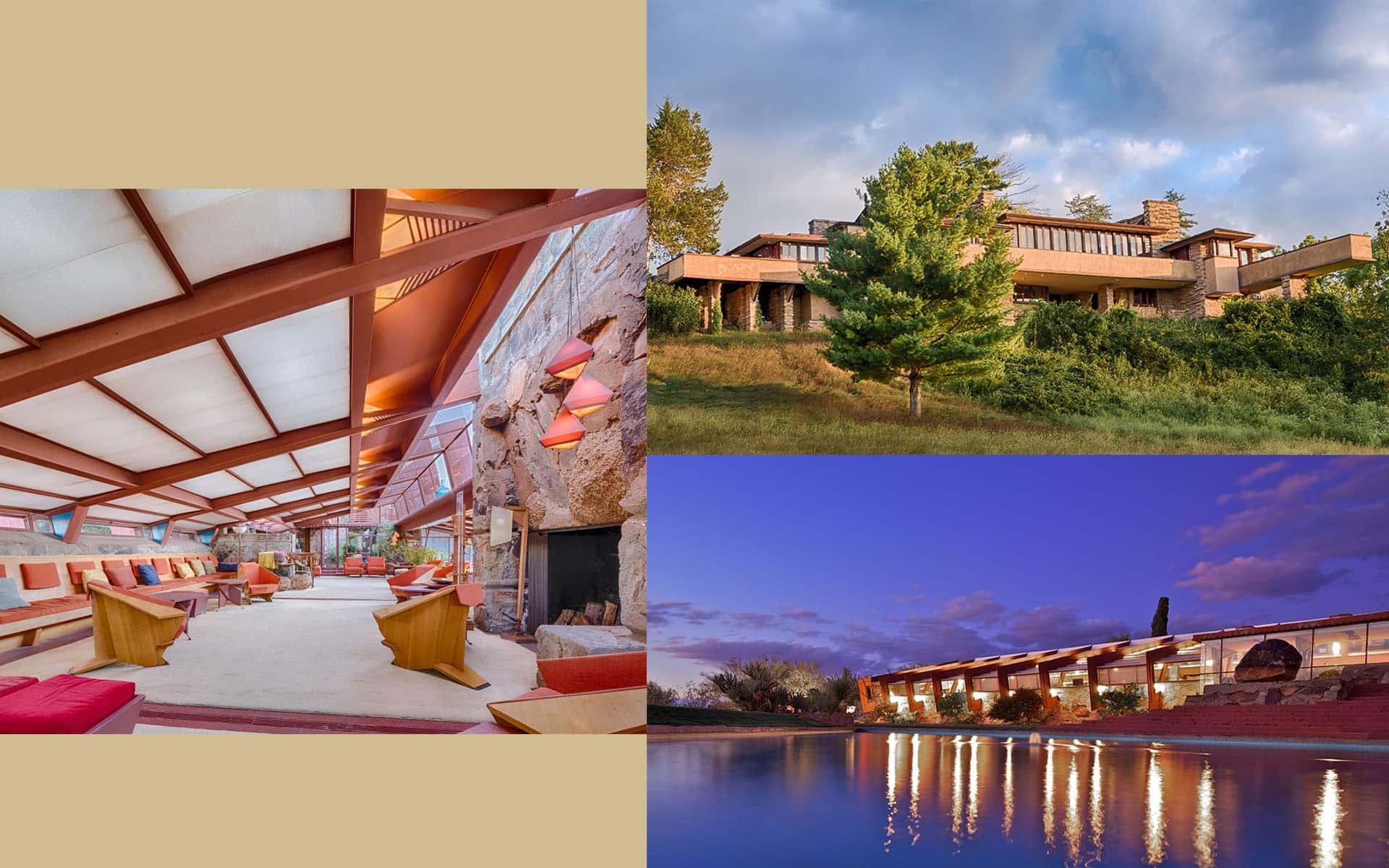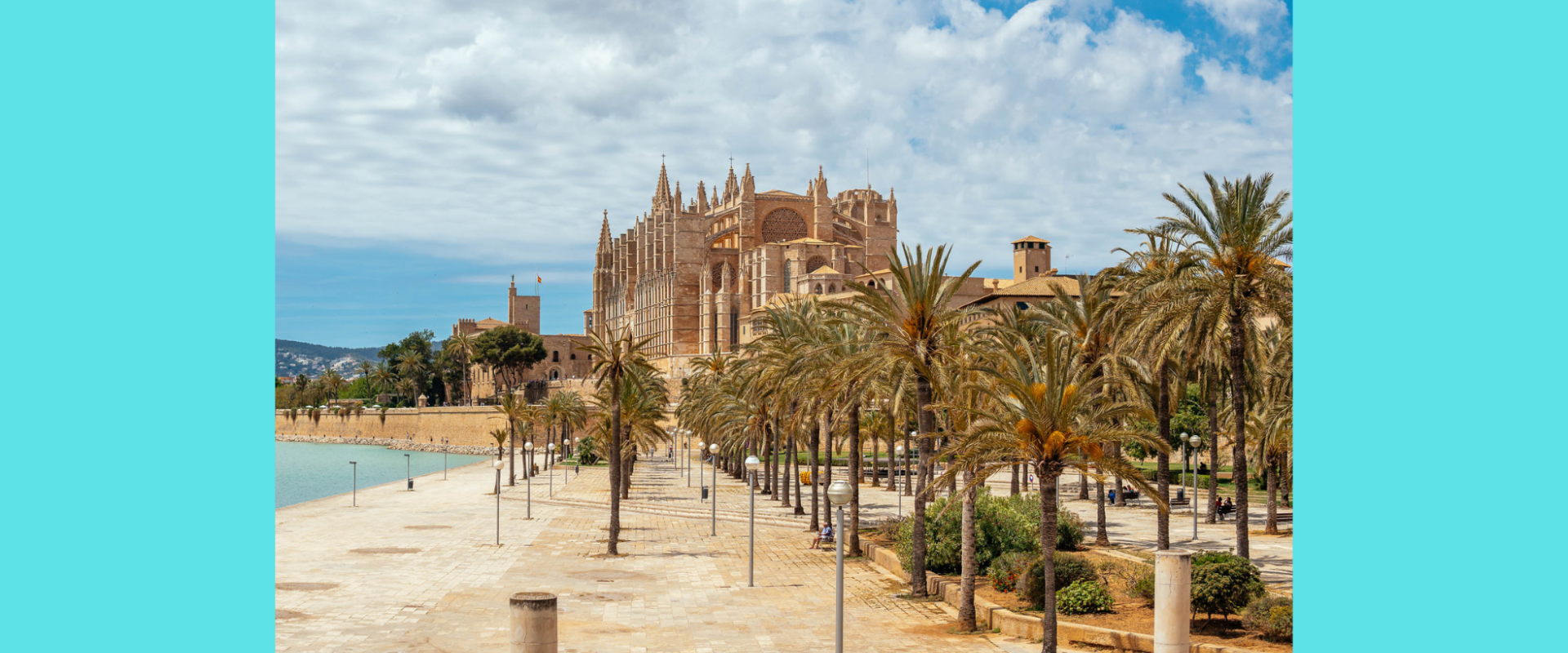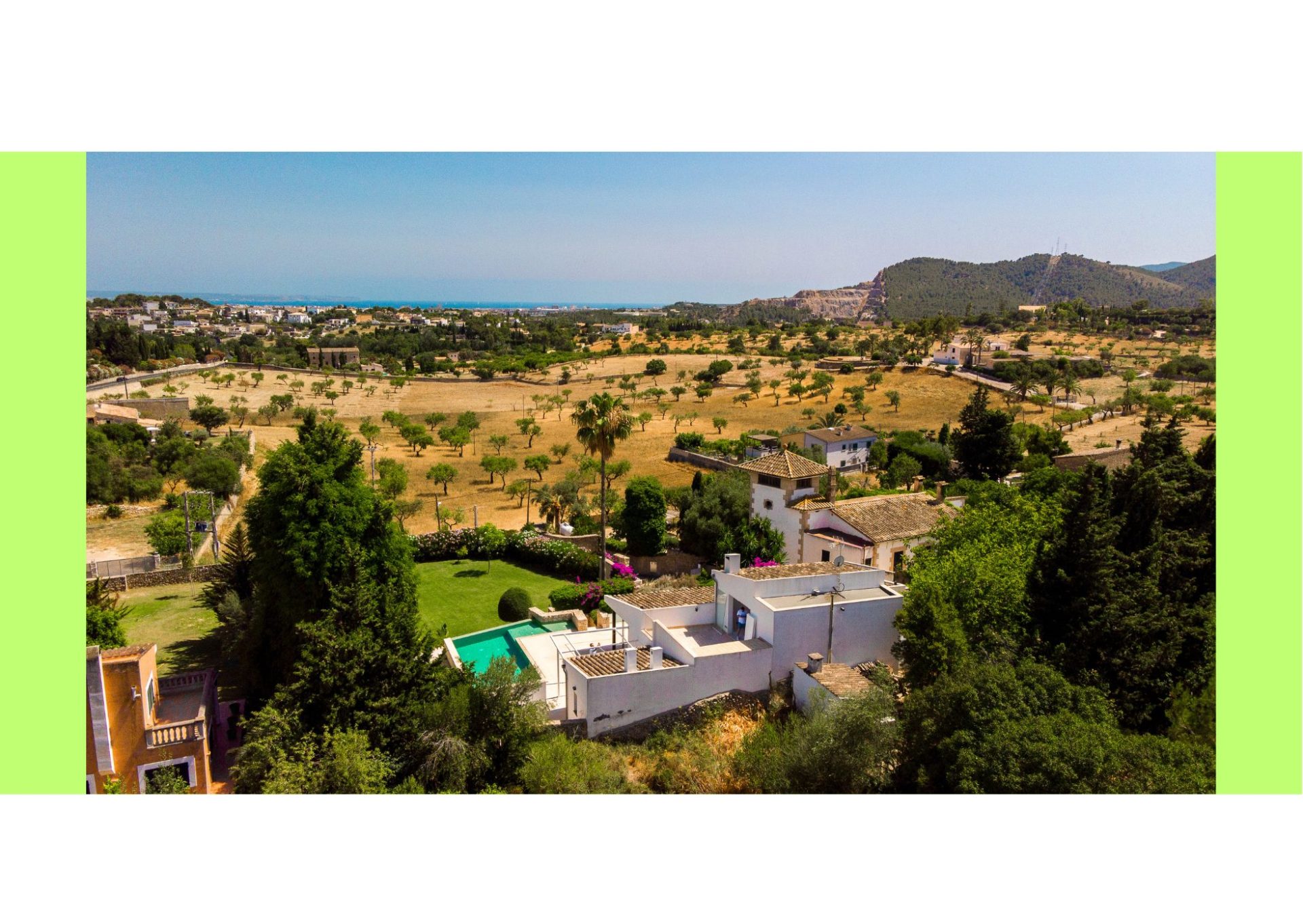Frank Lloyd Wright, architecture in harmony with its surroundings
Architecture Art Bconnectedmallorca Exclusive Interior Design Investment Real Estate Secret MarketingArchitecture has many forms. A large part of our inspiration comes from the environment around us, particularly here in the Mediterranean. Frank Lloyd Wright is a pioneer in this concept. His work continues to give us inspiration in our lives today, a celebrity in the architectural industry as the starting point of where modernist architecture begun. A visionary who’s number one inspiration was nature. He would always advise his students to study nature, love it, learn from it, stay close to it as it would never fail you. “The goal is to allow it to inspire you.”
 Photo credits: Library of Congress
Photo credits: Library of Congress
His love and appreciation of nature began early in his life while working summers on his uncle’s farm, where he was raised doing outdoor work along with looking after the animals.
From public masterpieces to singular houses, Wright often brought aspects of nature into his buildings with his use of natural light, plants, and water.
 Photo credits: Historic American Buildings Survey (Library of Congress) / Balthazar Korab Studios, Ltd., photographer
Photo credits: Historic American Buildings Survey (Library of Congress) / Balthazar Korab Studios, Ltd., photographer
FallingWater (1939) is one of Wright’s most well-known designs. A home set atop a waterfall in western Pennsylvania, entwined with the nature of the water and the forest around it. This design is the perfect example of his organic design using local materials and hand-cut stone, it shows just how the landscape around the piece makes such a large impression on his final design.

Photo credits: © Solomon R. Guggenheim Museum
Guggenheim museum in New York is another extraordinary design that is known all over the world. The building itself would often overshadow the art within it. It is said that a nautilus shell inspired the spiral ramp of the design and that the radial symmetry of a spider web informed the design of the rotunda skylight. His grandfather used to collect shells and would often place them at the breakfast table to show Wright and his brothers the intricate details of each unique one and explain how these are the magical forms that nature itself designs and how although they are based on principles, all of them different.

Photo credits: Frank Lloyd Wright Foundation
Wright believed that nature’s secrets could only be discovered by diligent contemplation. Reality and truth were not to be found on the surface of things, but required extensive probing and thought to yield valuable lessons (1)
This fascination with nature still intrigues us today in architecture and design. It allows design to flow effortlessly through a building or space.
1 Robert C. Twombly, Frank Lloyd Wright, An Interpretive Biography (New York: Harper & Row, 1973), p. 86




